In the field of medical injection molding, the cooling process is a critical factor determining the dimensional stability, mechanical properties, and biocompatibility of finished products. Taking medical-grade PEI (polyetherimide) and COC (cycloolefin copolymer) as examples, their cooling processes must meet stringent requirements for transparency, internal stress control, and cleanliness in the medical industry. This article systematically outlines the core considerations during the cooling process based on practical production data.
1. Precise Control of Cooling Time and Temperature Gradient
Cooling time directly impacts the risk of post-molding deformation. For medical-grade PEI products, the cooling time typically ranges from 20 to 60 seconds, adjusted according to wall thickness. For instance, a 2mm-thick syringe barrel requires 40 seconds of cooling to ensure demolding strength, while a 0.5mm precision catheter connector needs only 25 seconds. Experimental data show that insufficient cooling can lead to a shrinkage deviation exceeding 0.3%, causing assembly difficulties, whereas excessive cooling may increase brittleness, reducing elongation at break by 15%-20%.
Temperature gradient management must follow the "gradient cooling" principle. In COC optical component production, mold temperature decreases from 80°C during filling to 40°C before demolding, with a cooling rate controlled below 2°C/s. This progressive cooling reduces internal thermal stress, keeping birefringence below 0.001 to meet the precision requirements of endoscopic lenses.
2. Optimization of Cooling Medium and Channel Design
The choice of cooling medium must balance thermal conductivity and medical compliance. For infusion set components in direct contact with the human body, deionized water must be used as the cooling medium to avoid microbial contamination from ordinary cooling water. Production data from one enterprise show that after adopting a deionized water circulation system, microbial residue on product surfaces dropped from 15 CFU/cm² to 3 CFU/cm², meeting USP Class VI biocompatibility standards.
Cooling channel design should adhere to the "three-diameter rule": the distance between the channel center and the mold cavity surface should be less than three times the channel diameter. When producing pacemaker housings, optimizing the cooling water channel diameter from 8mm to 6mm and reducing the center-to-surface distance from 25mm to 18mm improved mold core temperature uniformity by 40%, reducing warpage from 0.8mm to 0.3mm.
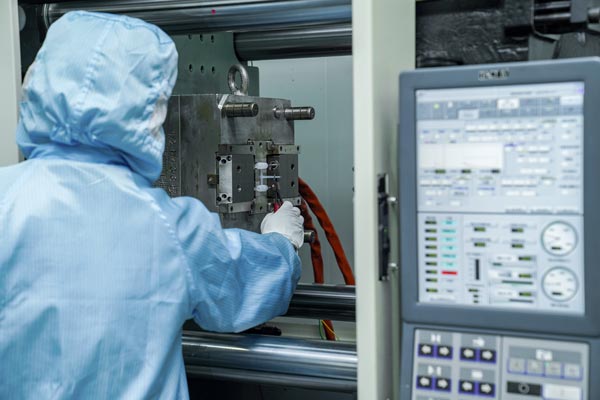
3. Synergy Between Cooling Systems and Injection Molding Processes
The cooling process must dynamically match injection molding parameters. In medical-grade PEI production, when injection pressure increases from 150MPa to 180MPa, cooling time should be extended by 10% to counteract molecular orientation stress. One enterprise established a process parameter database, revealing that when injection speed exceeds 80mm/s, cooling time should be prolonged by 0.5 seconds per 10mm/s increase.
For insert molding, cooling strategies must account for the thermal expansion coefficient mismatch between metal inserts and plastics. When producing catheter connectors with stainless steel sensors, a "staged cooling" process is used: initial cooling at 60°C for 10 seconds for preliminary plastic curing, followed by final cooling at 40°C. This method reduced stress concentration around the insert from 2.8 to 1.5, improving product yield by 22%.
4. Cleanroom Environment and Post-Cooling Treatment
The cooling process must occur in an ISO Class 7 (10,000-grade) cleanroom. Data from one enterprise show that products cooled in a standard workshop environment had 120 particles/cm² of 25μm-sized contaminants, compared to just 8 particles/cm² in a cleanroom. Regular maintenance of cooling water channels is essential, with ultrasonic cleaning recommended every 5,000 cycles to prevent biofilm formation.
Post-cooling handling must strictly control demolding timing. Medical-grade COC products should be demolded when mold temperature drops below 45°C, as premature demolding increases surface scratching by 30%. After demolding, low-temperature drying at 40°C in clean air for 30 minutes reduces residual moisture from 0.08% to 0.02%, preventing hydrolysis degradation during storage.
5. Digital Monitoring and Quality Traceability
Modern medical injection molding has achieved digital control of the cooling process. By embedding thermocouple sensors in the mold cavity, real-time temperature monitoring at 12 key points is possible with a 100Hz sampling rate. One enterprise’s cooling process traceability system revealed that when mold core temperature fluctuations exceed ±1.5°C, the Cpk value for dimensional stability drops from 1.67 to 1.33, triggering automatic process adjustments.
For precision medical components, X-ray CT scanning is used to measure residual stress distribution after cooling. One artificial joint manufacturer found that optimizing cooling channel layout reduced maximum internal stress from 85MPa to 62MPa, tripling fatigue life.
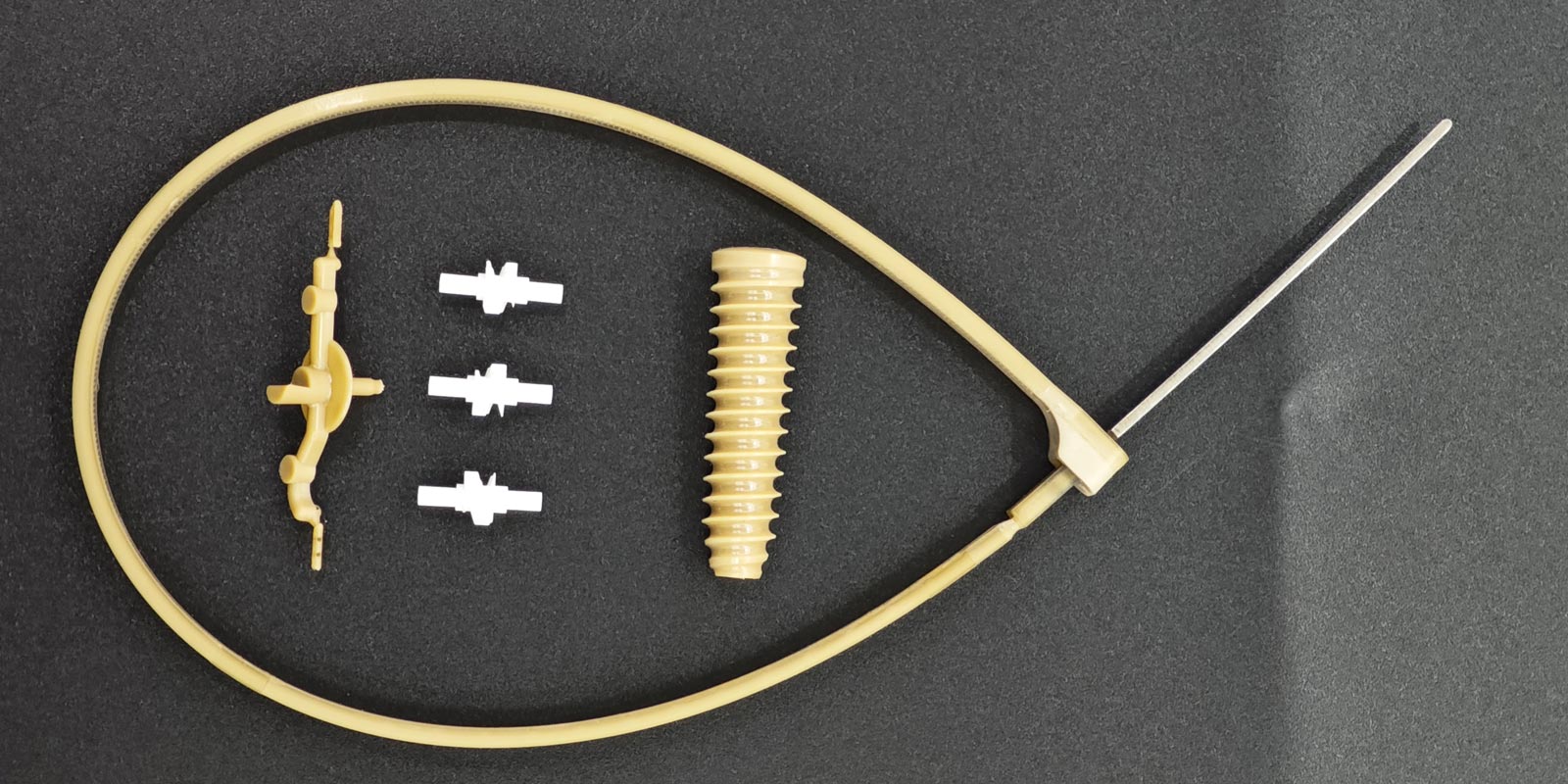
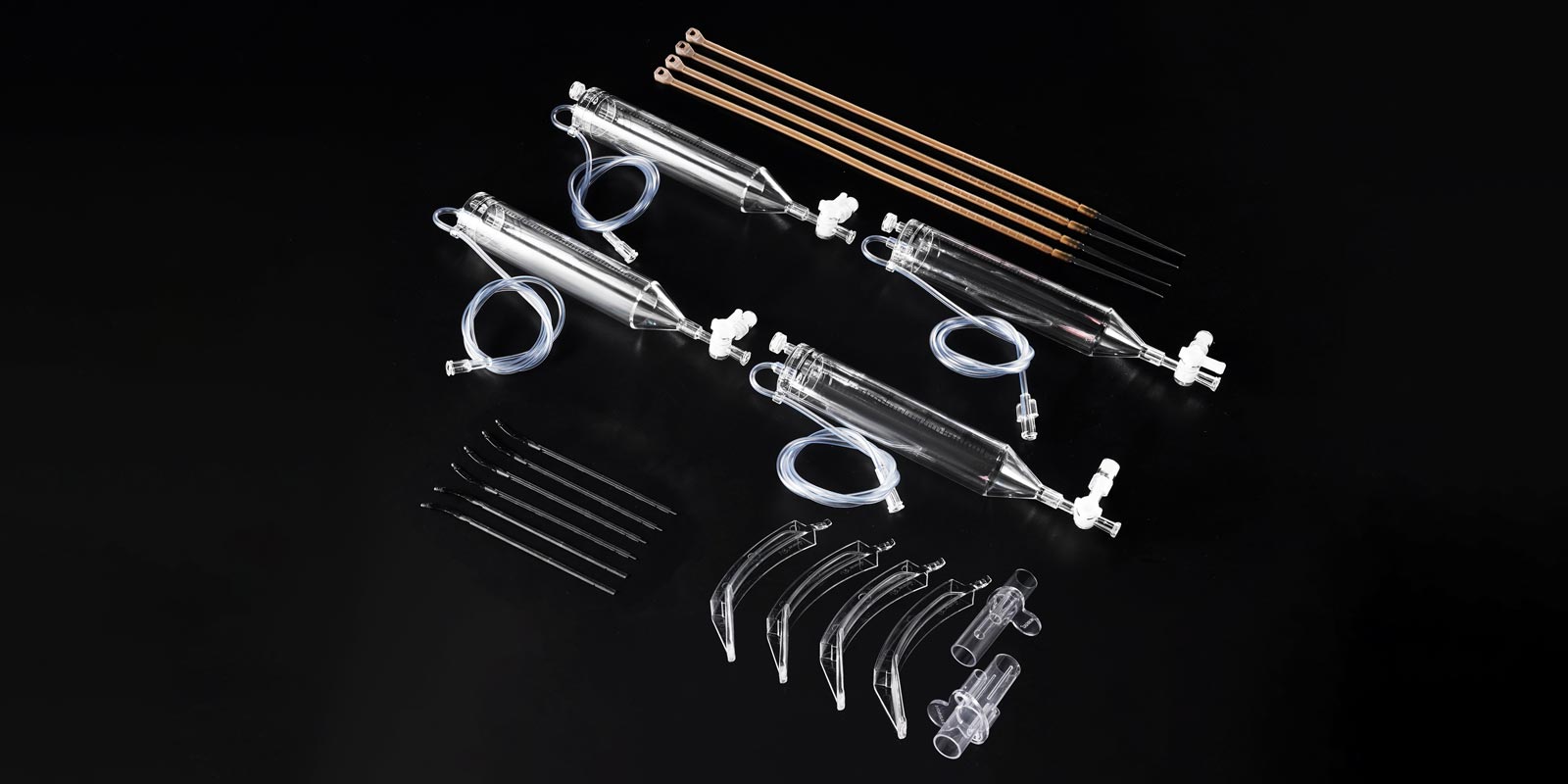

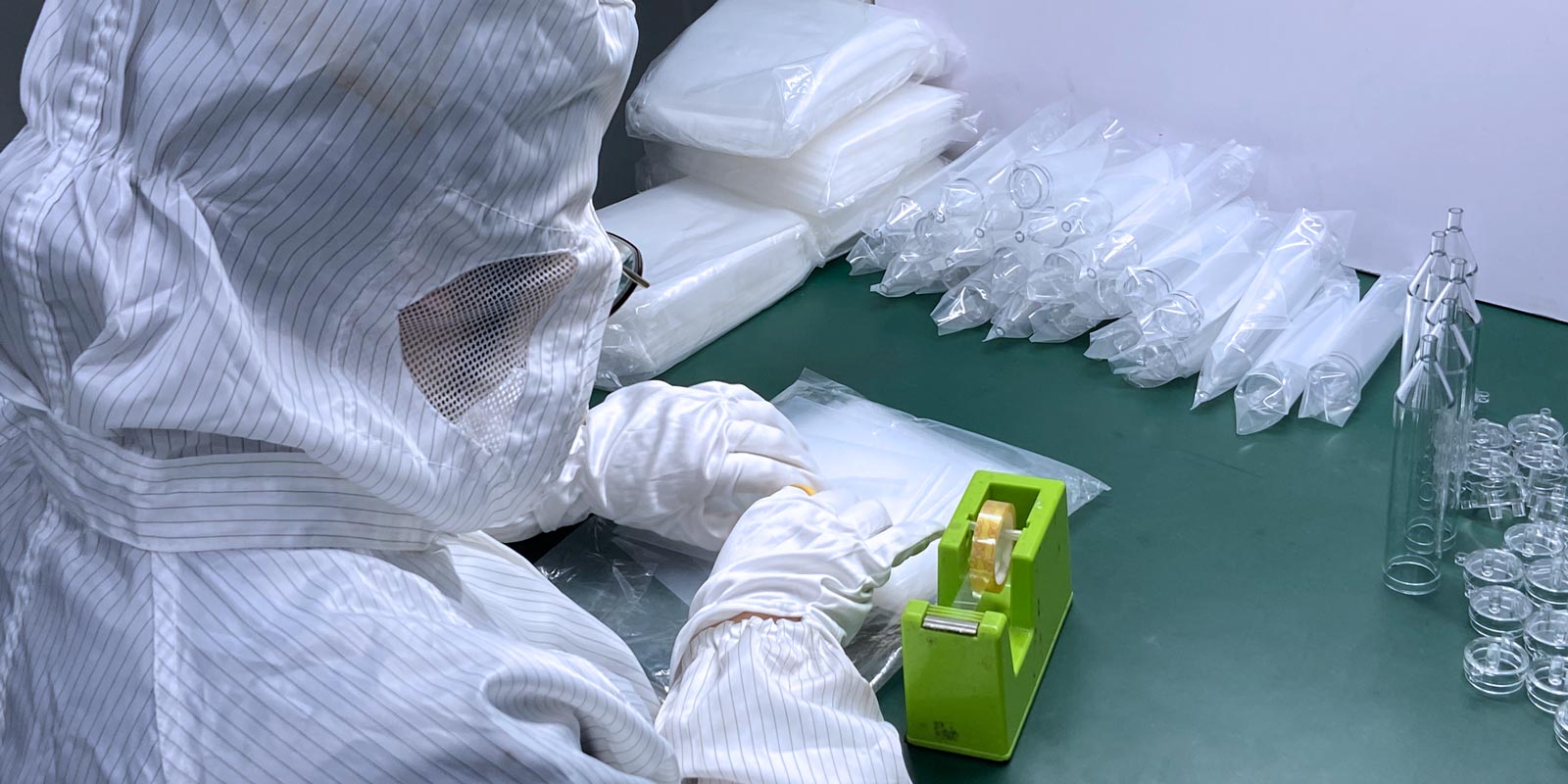
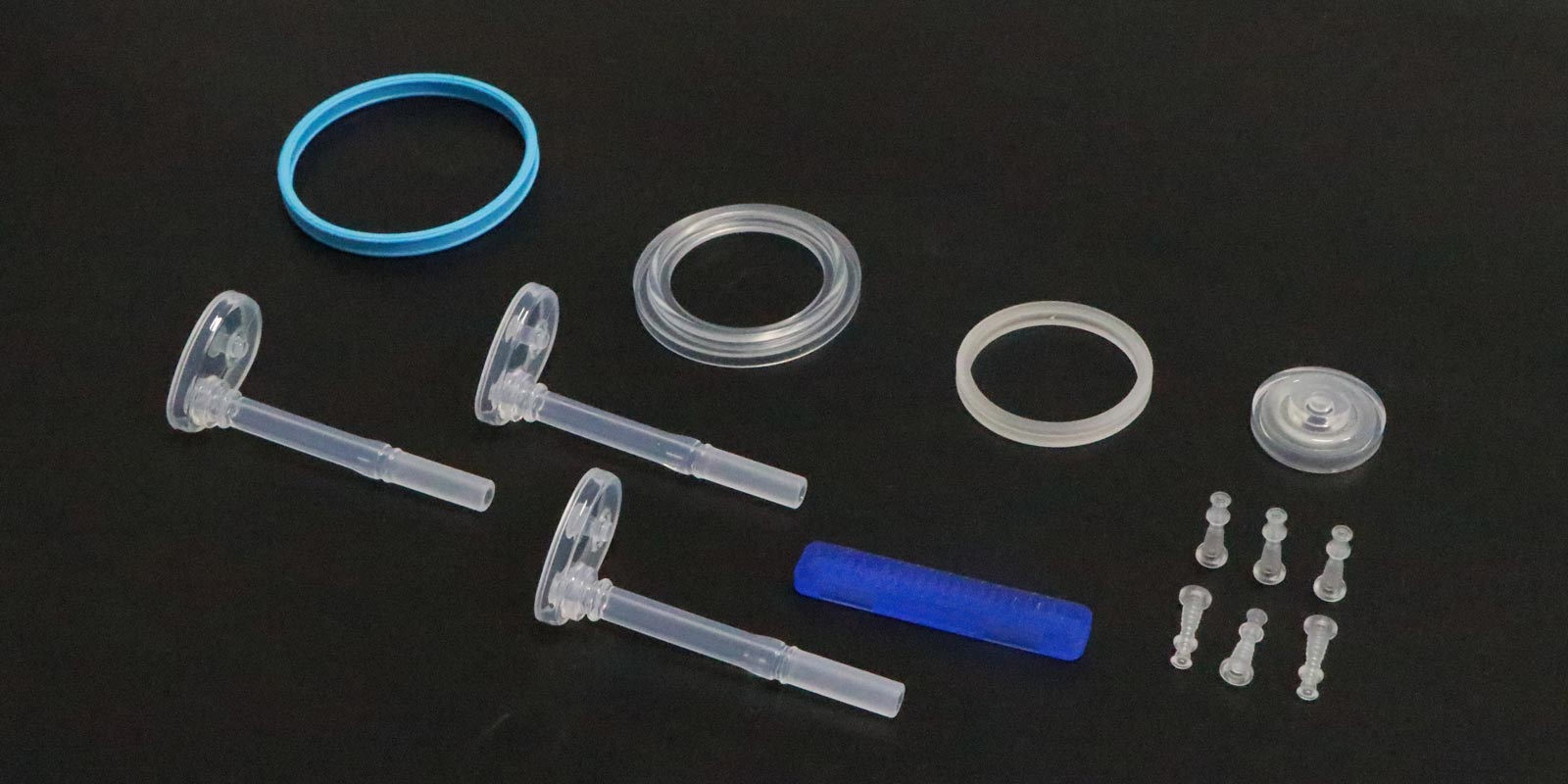
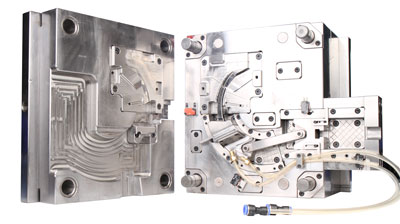
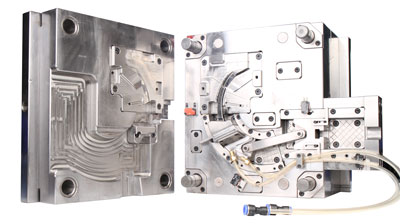
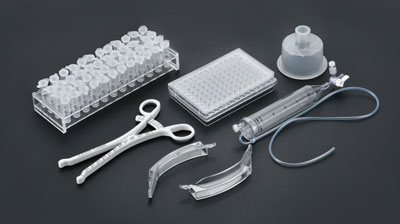
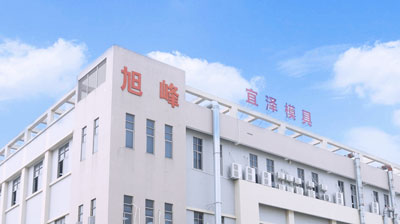







 Home
Home
